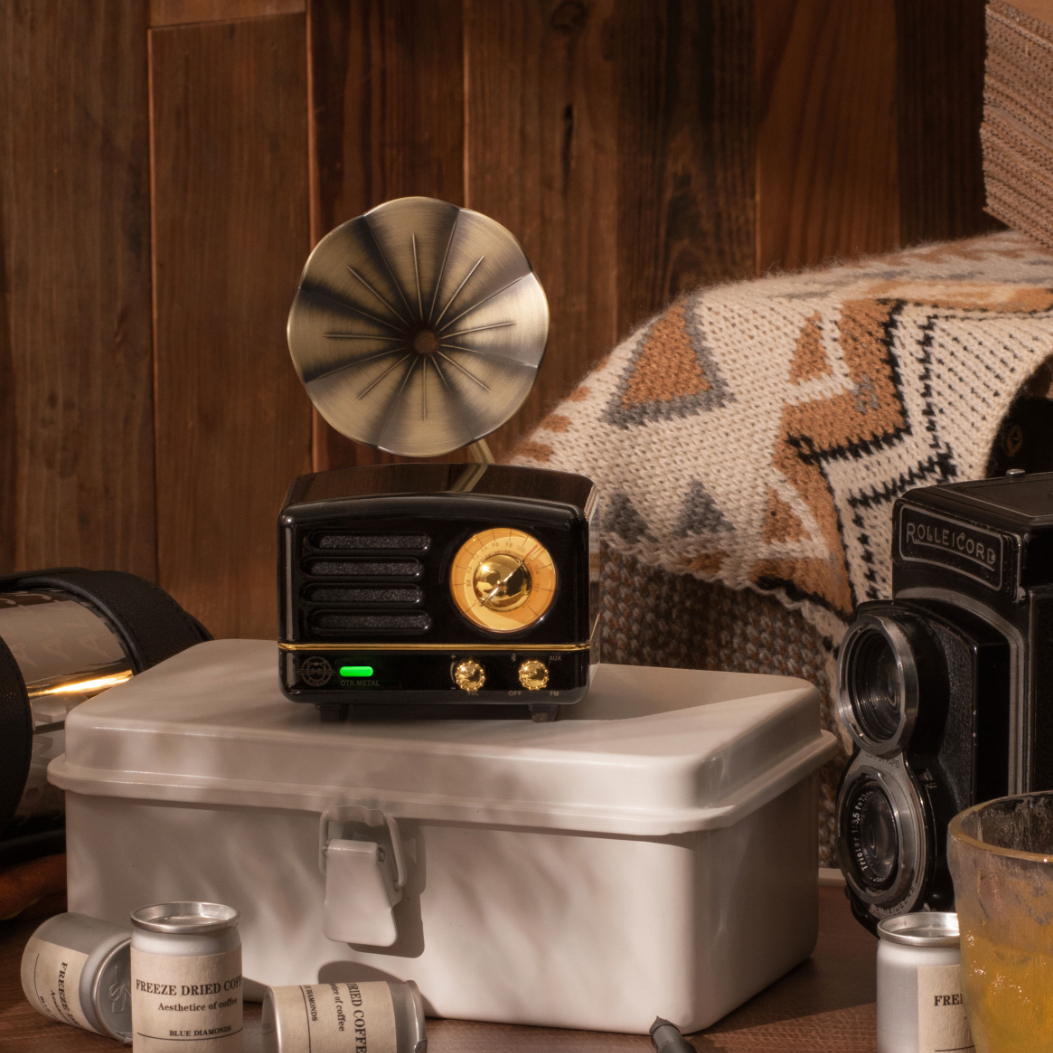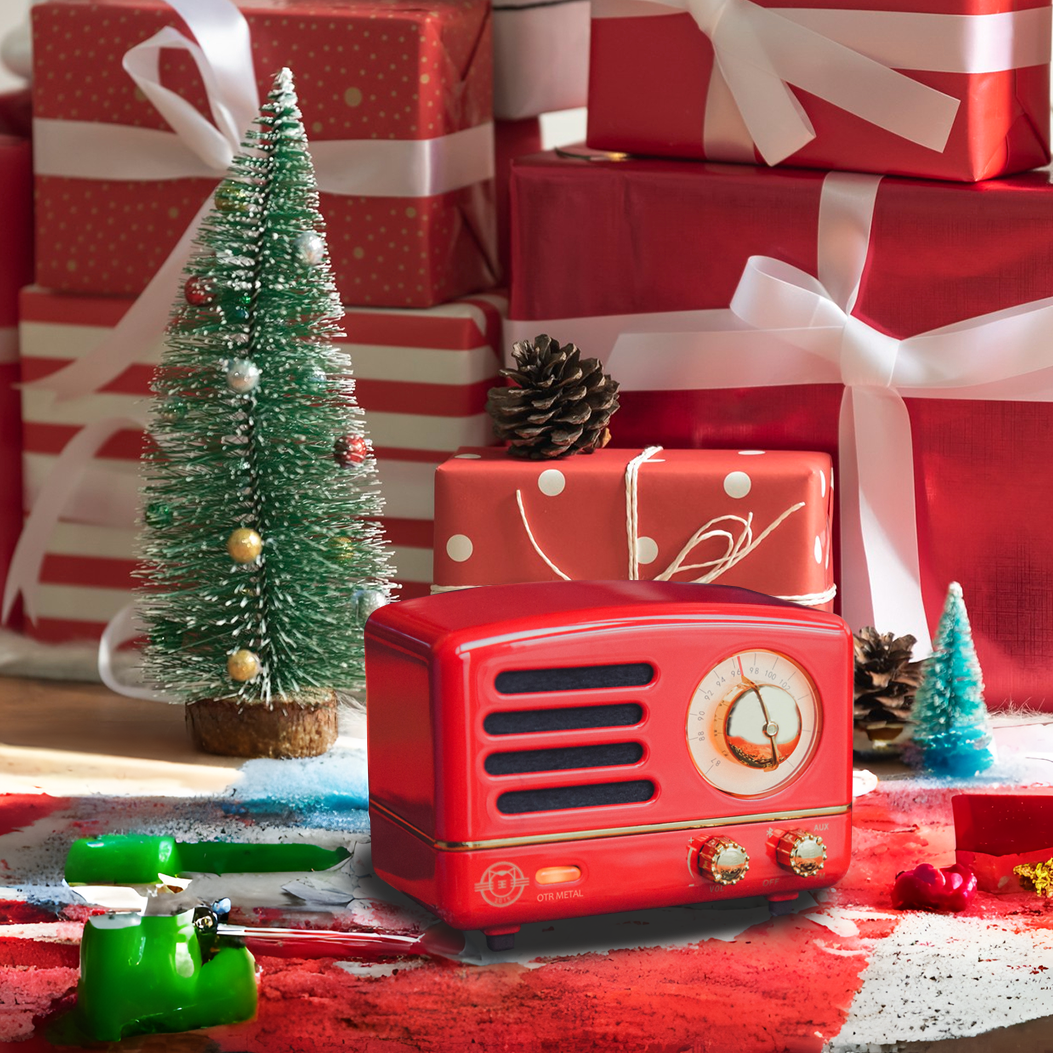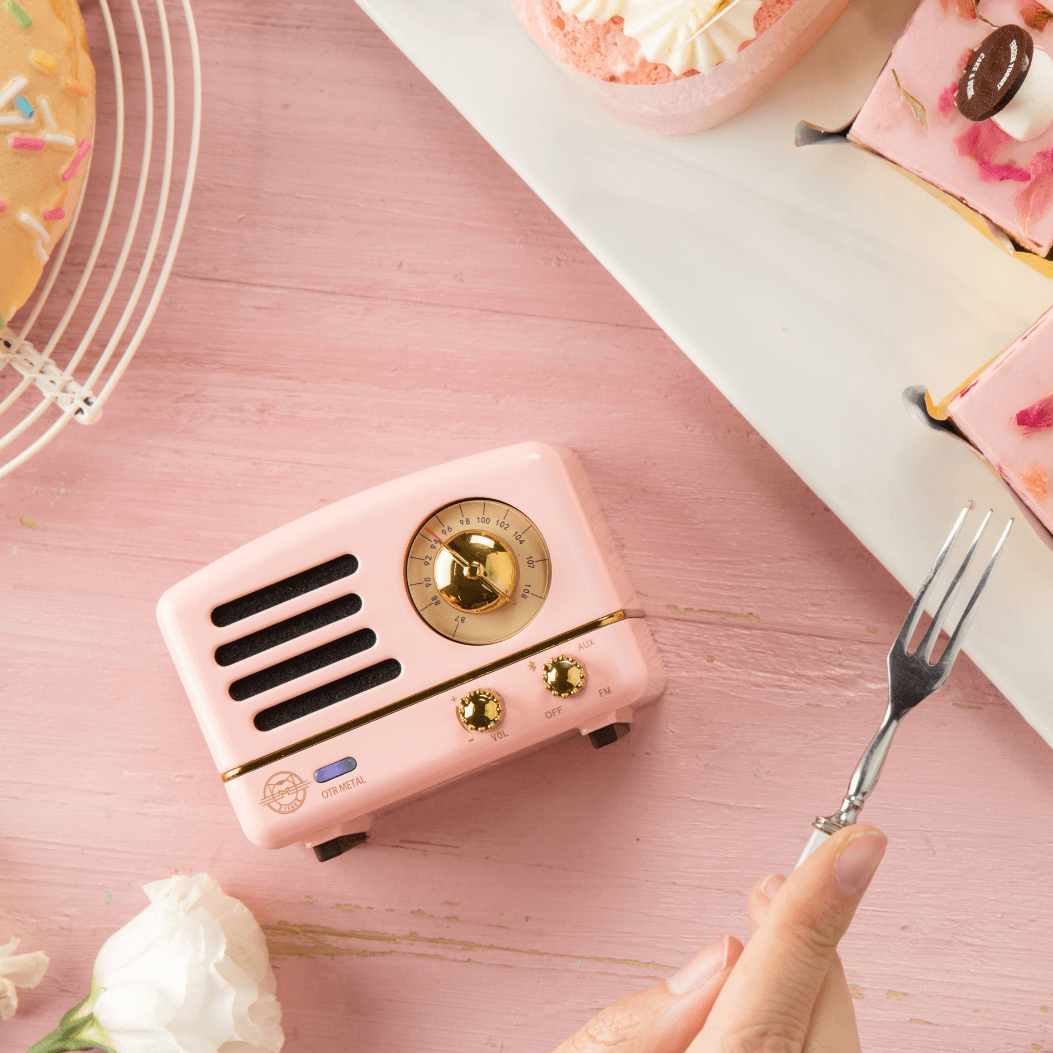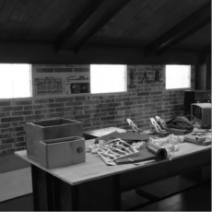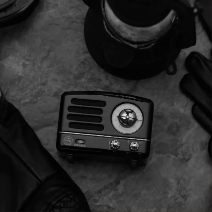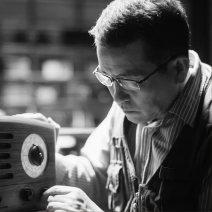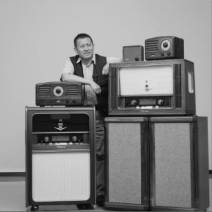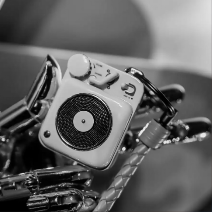Speaker wire and power wire are two types of electrical wires that are used for different purposes. Speaker wire is designed to carry audio signals from an amplifier to a speaker, while power wire is designed to carry electrical current from a power source to a device.
- But can you use speaker wire for power, or vice versa?
- What are the differences and similarities between speaker wire and power wire?
- What are the advantages and disadvantages of using speaker wire for power?
- How can you choose the right wire for your project?
In this article, we will answer these questions and more, to help you understand the basics of speaker wire and power wire.
What is Speaker Wire?

Speaker wire is a type of electrical wire that is used to connect an amplifier to a speaker. Speaker wire consists of two or more conductors, usually made of copper, that are insulated by a plastic or rubber coating.
Speaker wire can have different gauges, lengths, colors, and connectors, depending on the specifications and preferences of the user.
How Does Speaker Wire Work?
Speaker wire works by carrying an alternating current (AC) signal from an amplifier to a speaker. The AC signal is a representation of the sound wave that the speaker will produce.
The speaker wire has to match the impedance of the amplifier and the speaker, which is a measure of how much the wire resists the flow of current. The lower the impedance, the more current can flow through the wire, and the louder the sound will be.
However, if the impedance is too low, it can cause overheating and damage to the amplifier or the speaker. Therefore, it is important to choose the right gauge and length of speaker wire for your system.
What are the Benefits of Speaker Wire?
Speaker wire has some benefits over other types of electrical wires, such as:
- It is flexible and easy to install, as it can be bent and twisted without breaking or losing conductivity.
- It is relatively cheap and widely available, as it can be found in most hardware and electronics stores.
- It can deliver high-quality sound, as it can minimize the loss of signal and interference from other sources.
What is Power Wire?

Power wire is a type of electrical wire that is used to connect a power source to a device. Power wire consists of one or more conductors, usually made of copper or aluminum, that are insulated by a plastic or rubber coating. Power wire can have different gauges, lengths, colors, and connectors, depending on the specifications and requirements of the device.
How Does Power Wire Work?
Power wire works by carrying a direct current (DC) or an alternating current (AC) from a power source to a device. The DC or AC current is a measure of how much electrical energy is transferred through the wire. The power wire has to match the voltage and current ratings of the device, which are a measure of how much electrical force and charge are needed to power the device. The higher the voltage and current, the more power the device will consume. However, if the voltage and current are too high, it can cause overheating and damage to the wire or the device. Therefore, it is important to choose the right gauge and length of power wire for your device.
What are the Benefits of Power Wire?
Power wire has some benefits over other types of electrical wires, such as:
- It is durable and reliable, as it can withstand high temperatures and currents without melting or short-circuiting.
- It is safe and secure, as it can prevent electric shocks and fires by using proper insulation and grounding.
- It can deliver efficient power, as it can reduce the loss of energy and voltage drop along the wire.
Can You Use Speaker Wire for Power?

Speaker wire is not designed to carry high voltage and current, so it is important to use it carefully if you are going to use it for power. Here are some things to keep in mind:
- Use the correct gauge speaker wire.The gauge of the wire determines how much current it can carry.For low-power applications,such as powering LEDs,you can use 18 or 16 gauge speaker wire.For higher-power applications,such as powering a small amplifier,you will need to use a thicker gauge wire,such as 14 or 12 gauge.
- Use high-quality speaker wire.Cheap speaker wire may not be able to handle the current draw of your device,which could lead to overheating and fire hazards.
- Do not use speaker wire for high-power devices.Speaker wire is not suitable for powering high-power devices,such as appliances,motors,heaters,etc.
- Properly connect, insulate, and secure the speaker wire.Make sure that the connections are tight and that the wire is properly insulated to prevent electrical shocks.
- Install the speaker wire in a dry and cool place.Avoid installing speaker wire in areas where it will be exposed to heat or moisture.
If you are unsure whether or not it is safe to use speaker wire for power, it is always best to consult with a qualified electrician.
Here are some additional tips:
- If you are using speaker wire for power,it is a good idea to use heat shrink tubing to insulate the connections.This will help to prevent shorts and fires.
- Be sure to label the speaker wire so that you know what it's being used for.This will help to prevent accidents.
- If you are using speaker wire for power,it is a good idea to inspect it regularly for signs of wear and tear.Replace any damaged wire immediately.
Overall, it is possible to use speaker wire for power, but it is important to do so carefully and safely.
Speaker Wire vs. Lamp Wire vs. Regular Wire: A Comparison

Speaker wireis designed to carry audio signals between speakers and amplifiers. It is typically made of copper or copper-clad aluminum and is insulated with a plastic or PVC jacket. Speaker wire is available in different gauges, or thicknesses, depending on the amount of current it needs to carry.
Lamp wireis designed to carry electricity to lamps and other lighting fixtures. It is typically made of copper or copper-clad aluminum and is insulated with a fabric or plastic jacket. Lamp wire is typically available in a smaller gauge than speaker wire, as it does not need to carry as much current.
Regular wireis a general-purpose electrical wire that can be used for a variety of applications, including wiring homes and businesses, connecting appliances and electronics, and powering lights and motors. Regular wire is typically made of copper or copper-clad aluminum and is insulated with a plastic or PVC jacket. Regular wire is available in a variety of gauges, depending on the amount of current it needs to carry.
Here is a table comparing speaker wire, lamp wire, and regular wire:
|
Characteristic |
Speaker wire |
Lamp wire |
Regular wire |
|
Purpose |
Carry audio signals |
Carry electricity to lamps and other lighting fixtures |
General-purpose electrical wire |
|
Gauge |
Typically 18 or 16 gauge |
Typically 18 or 16 gauge |
Available in a variety of gauges |
|
Insulation |
Plastic or PVC jacket |
Fabric or plastic jacket |
Plastic or PVC jacket |
|
Uses |
Wiring speakers to amplifiers |
Wiring lamps and other lighting fixtures |
Wiring homes and businesses, connecting appliances and electronics, and powering lights and motors |
How to Choose the Right Wire for Your Project?
Choosing the right wire for your project is essential for both safety and performance. There are a number of factors to consider when making your selection, including:
- Specifications and requirements of your system:This includes the voltage,current,impedance,power,and other relevant parameters.
- Characteristics and features of the wire:This includes the gauge,length,color,connector type,and other important features.
- Budget and availability:Wires can vary in price depending on the materials used,construction,and features.It's important to choose a wire that fits your budget and is available from a reputable source.
- Safety and performance:Wires should be properly insulated and grounded to prevent electrical hazards.They should also be made of high-quality materials to ensure reliable performance over time.
To choose the right wire for your project, follow these steps:
- Check the labels and manuals of your system to identify the recommended wire specifications and ratings.This information is typically found in the technical specifications section of the documentation.
- Compare different types of wires to understand the pros and cons of each one.Some common types of wire include:
- Speaker wire: Designed to carry audio signals between speakers and amplifiers.
- Power wire: Designed to carry electrical power to devices.
- Control wire: Designed to carry low-voltage signals for control and automation applications.
- Coaxial cable: Designed to carry high-frequency signals,such as those used for video and data transmission.
- Select a wire that matches or exceeds the specifications and ratings of your system, and that fits your budget and needs.If you're unsure which wire to choose, it's always best to consult with a qualified electrician.
- Test the wire before installing it to make sure it works properly and safely. This can be done by using a continuity tester to check for continuity and insulation resistance.
Tips for Choosing the Right Wire
- When choosing speaker wire,consider the impedance of your speakers.Speaker wire should have an impedance that is equal to or greater than the impedance of your speakers.
- When choosing power wire,consider the current draw of the devices you're powering.Make sure the wire you choose is rated to carry at least as much current as the devices will draw.
- When choosing control wire,consider the voltage and amperage requirements of the devices you're controlling.Make sure the wire you choose is rated for the voltage and amperage of the devices.
- When choosing coaxial cable,consider the type of signal you're transmitting.Some types of coaxial cable are designed for specific applications,such as video transmission or data transmission.
Conclusion
Speaker wire can be used for power in some cases, but it's important to understand the limitations. Choose the correct gauge of speaker wire for the device you're powering and be sure to connect it safely.
Additional tips:
- If you're not sure whether or not to use speaker wire for power,it's always best to err on the side of caution and use power wire instead.
- If you're using speaker wire for power,it's a good idea to use heat shrink tubing to insulate the connections.This will help to prevent shorts and fires.
- Be sure to label the speaker wire so that you know what it's being used for.This will help to prevent accidents.
Fun fact:Did you know that speaker wire can also be used to make jewelry? It's true! Speaker wire is a popular material for making bracelets, necklaces, and earrings.



















